Dac Chau village rice paper - a popular gift filled with memories and love.
Unique baked Chung cake of Xuan Lap village
Coming to Trung Lap village, Xuan Lap commune (Tho Xuan), visitors can not only immerse themselves in the historical and cultural space with a system of relics, enjoy the delicious and famous Banh La Rang Bua, but also learn more about many typical local products, typically Banh Chung Nuong.
Until now, no one has been able to confirm when the baked banh chung dish and the custom of baking banh chung in Trung Lap village began. However, this dish has become an indispensable part of the offerings made by Trung Lap villagers to the king every time Tet comes, spring comes, or village festivals.
According to the elders in the village: The baked Chung cake and the custom of making baked Chung cake in Trung Lap village have great cultural and spiritual significance. Therefore, from the stage of selecting, preparing ingredients to processing, all are undertaken by the villagers with meticulousness and thoughtfulness. The ingredients for making baked Chung cake are all familiar things, close to agricultural life, to farmers, that is: sticky rice, green beans, pork...
Since ancient times, it has been a custom that on the 25th or 26th of the twelfth lunar month, those assigned to make the offering tray to present to the king must be present at the designated place to prepare the ingredients for making the cake. The yellow sticky rice is cleaned and soaked for several hours; the green beans are peeled; the pork is cut into bite-sized pieces. According to Trung Lap village's custom, the baked banh chung must have a cross-section of 30cm x 30cm, 15cm thick. Two-thirds of the cake's inside is rice, one-third is green beans and pork, the four corners are neatly wrapped in squares. Notably, the filling of the baked banh chung in the offering tray to the king is not added with onions like the way regular banh chung is made. Because the cake is big and thick, the villagers do not boil the cake but bake it in a jar.
The cakes are placed in the jars neatly and in layers to ensure that the cakes are cooked evenly, avoiding pressing and compressing which can cause the cakes to deform and have corners that are prone to sticking out. When the cakes are “settled” in the jars, people pour in water and light a fire underneath. When the water in the jars boils, the people of Trung Lap village use dry straw to wrap around the jars and pour in rice husks to keep the fire of straw and rice husks smoldering day after day. The cakes are baked like this for 3 days and nights until cooked, then taken out and left to cool.
On the afternoon of the 30th of Tet, each ward prepares a savory tray of offerings including baked Chung cakes with meat filling and various types of cakes with fat filling such as Banh la rang bua, Banh trang, Banh ran...; a vegetarian tray of offerings including baked Chung cakes with bean filling, Banh gai, Banh mat, Banh ran with peanut oil, fruits..., especially Buddha's hand fruit, which is indispensable to be offered to the king's temple. After the ceremony, the trays of offerings are divided among the children and grandchildren of each ward to enjoy together. When enjoying, baked Chung cakes have a characteristic delicious flavor, the softness of the cake crust, the richness of the meat filling or the richness of the bean filling. This dish is somewhat elaborate in the way it is prepared, but that is what shows the ingenuity, meticulousness, sincerity and deep gratitude of the generations of descendants here to their ancestors, the national hero who resisted the Song, pacified the Chiem, and founded the Tien Le Dynasty (980-1009).
Dac Chau village rice paper – Imbued with the taste of the countryside and love of the countryside in the simplest things
Dac Chau village (Chom village, Tan Chau commune, Thieu Hoa) is a purely agricultural village located along the Chu river. This place is famous for its traditional craft of making rice paper, which has been passed down for hundreds of years. This simple and rustic hometown product is not only famous for its delicious taste but also for being a gift that preserves the soul of the countryside, associated with the childhood of many people.
The main ingredients to make Dac Chau village rice paper are: rice flour, sesame... The ingredients are carefully selected to ensure the quality and flavor of the cake. Long-time cake makers in Dac Chau village said: If you want the rice paper to be crispy, fragrant for a long time, and not chewy even after being stored for a long time, you must use heavy rice, less sticky; rice flour mixed with the right amount of water.
Dac Chau village rice paper is made entirely by traditional manual methods. Mrs. Nguyen Thi Oanh (66 years old, Dac Chau 1 village, Tan Chau commune) has been skilled at fanning rice paper since she was 13 years old. While quickly stirring the rice flour evenly before pouring the rice paper, Mrs. Oanh happily said: “The steps of making rice paper are not too complicated but require experience, patience, meticulousness, and diligence. Therefore, the work of spreading and fanning rice paper is usually done by women.”
The person making the rice paper skillfully combines their hands and skillful movements to spread the dough evenly on a flat cloth covering the mouth of the pot, with a hole in one corner to let the steam escape. After spreading the dough, the next step is to sprinkle roasted sesame seeds on top of the dough. The sesame layer will make the rice paper more beautiful and more fragrant. The rice paper will then be spread on a bamboo mat and dried in the sun. Fanning/baking the rice paper is the final step to produce the finished product, which largely determines the deliciousness of the rice paper. Baking the rice paper evenly, making it spongy and fragrant is an art. The person baking the rice paper must have experience to "watch" and "keep" the fire even while constantly turning the rice paper. The rice paper of Dac Chau village is baked on a charcoal stove to retain its aroma and crispiness.
In the midst of modern life, when many traditional occupations and villages are fading away, the rice paper making craft of Dac Chau village still stands firm, creating effective economic value. Coming to Dac Chau village today, almost every village road, alley, house yard or on the dike is used as a place to set up bamboo and reed panels to dry rice paper. Anywhere, it is easy to see the image of women sitting making rice paper, fanning rice paper with rosy cheeks or men immersing themselves in the sun arranging bamboo and reed panels to dry rice paper... All seem to be painting a picture of a peaceful, rustic village; spreading the rustic flavor from the simplest things.
Thanh cuisine and Thanh culinary culture are a “treasure trove” of traditional culture, unique indigenous culture, reflecting the material and spiritual life of generations born and raised on this land. Among them, dishes and gifts made from hometown rice grains will forever be remembered and loved throughout life.
Article and photos: Dang Khoa
* The article uses materials from the book "King Le Dai Hanh and his homeland Trung Lap village" (collected and compiled by Le Xuan Ky - Hoang Tung, published by Lao Dong Publishing House).
Source: https://baothanhhoa.vn/deo-thom-tu-gao-sang-tao-tu-doi-ban-tay-250509.htm


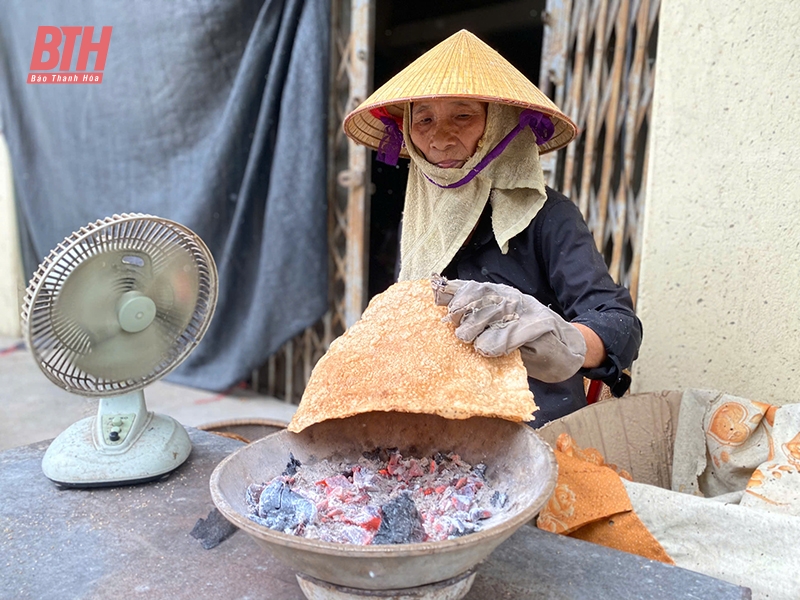










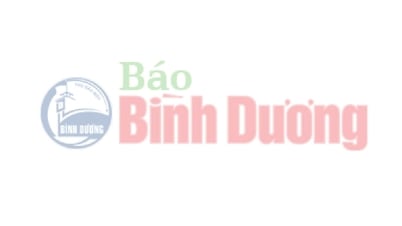




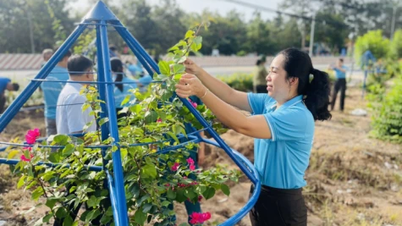




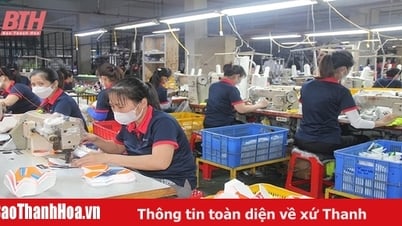

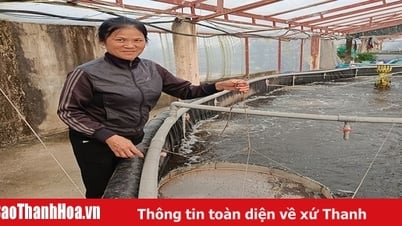






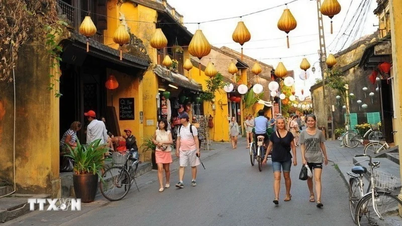

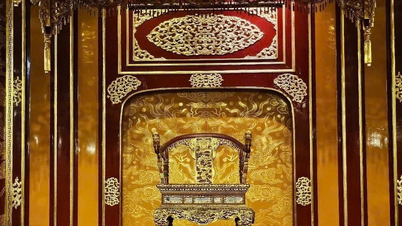



















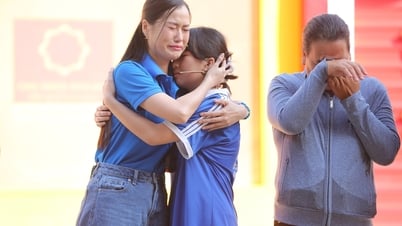






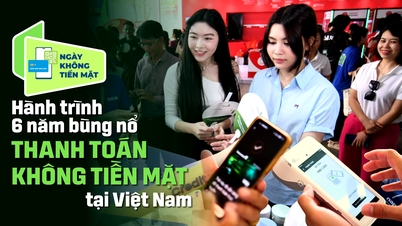


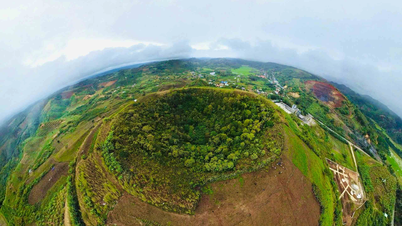



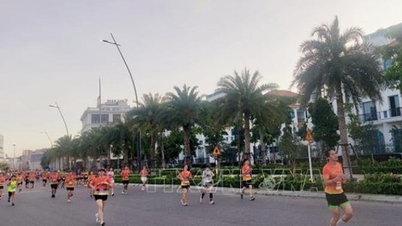



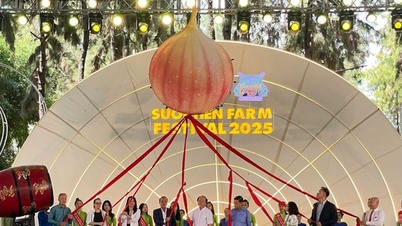
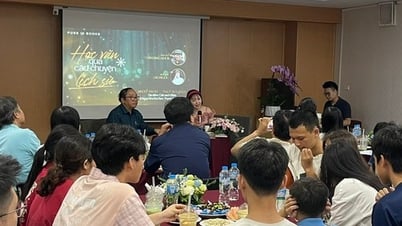
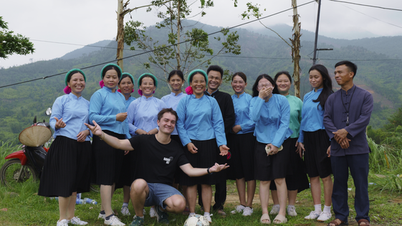
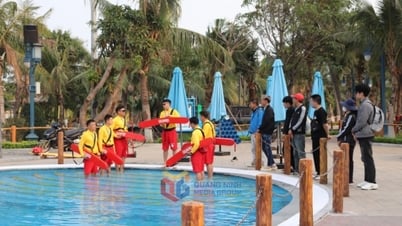


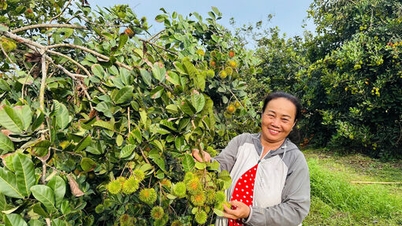

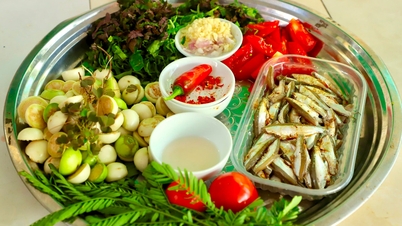















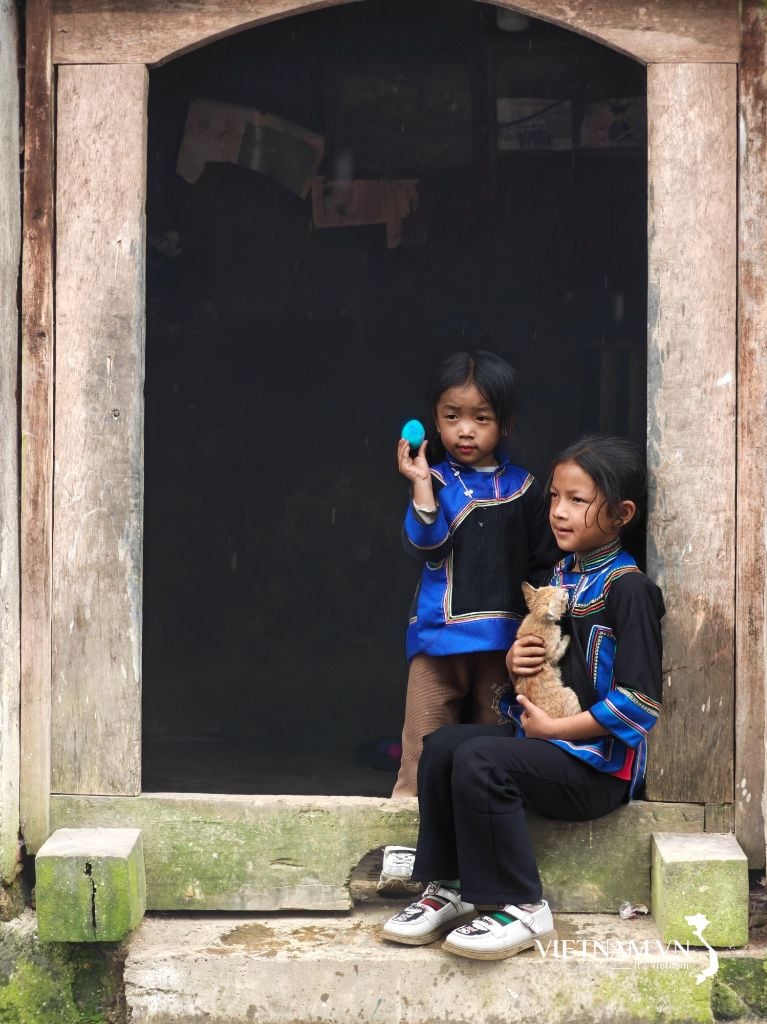

Comment (0)